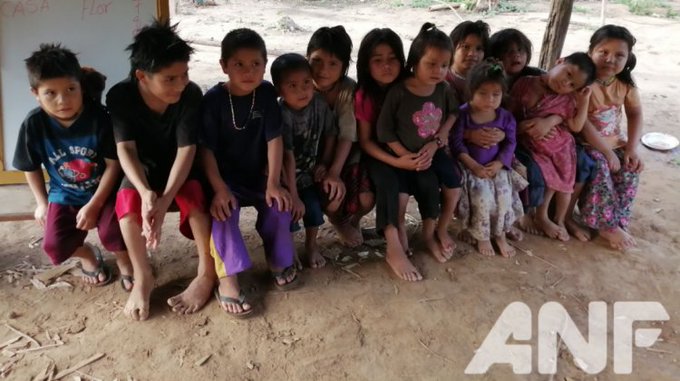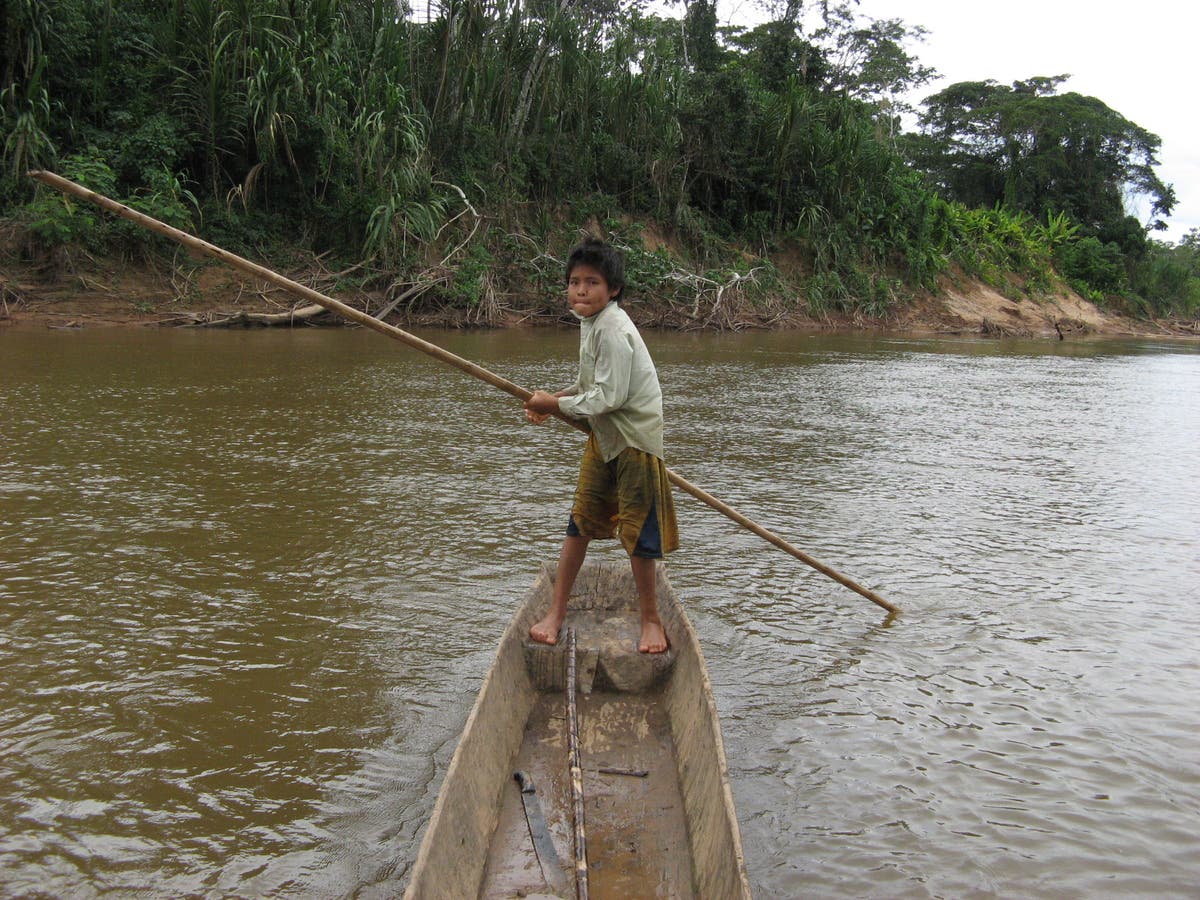
The lifestyle of indigenous people in The Amazon Forest and Junge holds key to slowing down the unfortunate aging process.
Researchers are investigating why the diet of the Tsimanes tribe has a 70 percent lower method of decay than Europeans.
The Tsimané, are an indigenous people of lowland Bolivia, living chiefly in the Beni Department municipalities of San Borja, San Ignacio de Moxos, Rurrenabaque, and Santa Ana de Yacuma.The Tsimané are the main residents of the T’simane Council Territory (Spanish: Territorio del Consejo T’simane) and the Pilón Lajas Reserve. They are primarily a subsistence agriculture culture, although hunting and fishing contribute significantly to many of the settlements' food supply.[citation needed] Those Tsimané living in the Reserve are affiliated with the multiethnic Consejo Regional Tsimane Moseten #CRTM, which holds the title to the Reserve as a Native Community Land or #TCO
Youthful #Indigenous Tsimanes from the community of Torewa at #Madidi National Park #Amazon #Bolivia
@Edufrancoberton are found in these countries: UAE Argentina Bahrain Bolivia Brazil Chile Colombia Costa Rica Ecuador Guatemala Honduras Jordan Kuwait Lebanon Mexico Panama Peru.
The deforestation trend in #Bolivia is affecting the entire region's weather. Amazon Chaco and Humedales are destroyed to plant #GMOs Land grabbing from indigenous communities Tsimanes Guanani Water production are in danger for South America.
The Tsimané are Indian forager people of lowland Bolivia and their average lifespan is 70 years. without vitamins, medicine, or therapy. These native South Americans may outlive us by existing in small communities composed of 20 to 30 families. Tsimané and Mosetén people depend mainly on subsistence farming, they cultivate bananas and manioc through swidden agriculture, although hunting, fishing, and gathering contribute significantly as a source of food for almost all communities.
The population has been undergoing some degree of market integration over the past 15 years, and some Tsimane now participates in the cash economy. For documentary purposes, the original description provided by the National Museums of World Culture has been retained. These historical descriptions may be factually incorrect, outdated, or offensive. Alternative descriptions are encouraged separately from the original description. Additionally, errors can be reported on this page.Rio Maniqui, nordöstra Bolivia. Indiantyper. . Fotot fotograferades under expedition 1913-1914 och erhållit genom Erland Nordenskiöld. Katalogkort. Plats: Rio Maniqui region; Bolivia land; Sydamerika annan Etnisk grupp: chimane Motivord: pojke, porträtt, boplats, kvinna, barn, indian.
